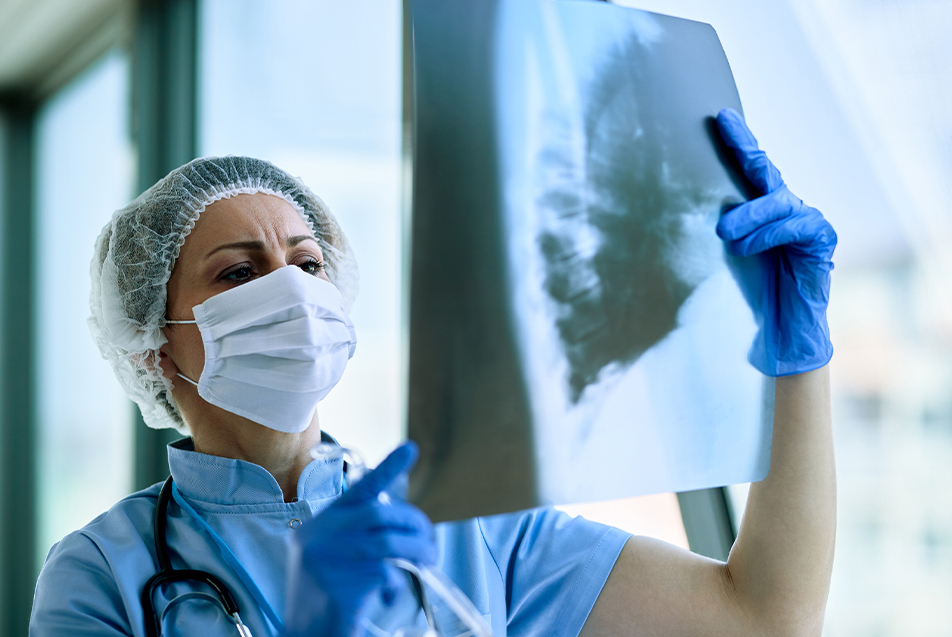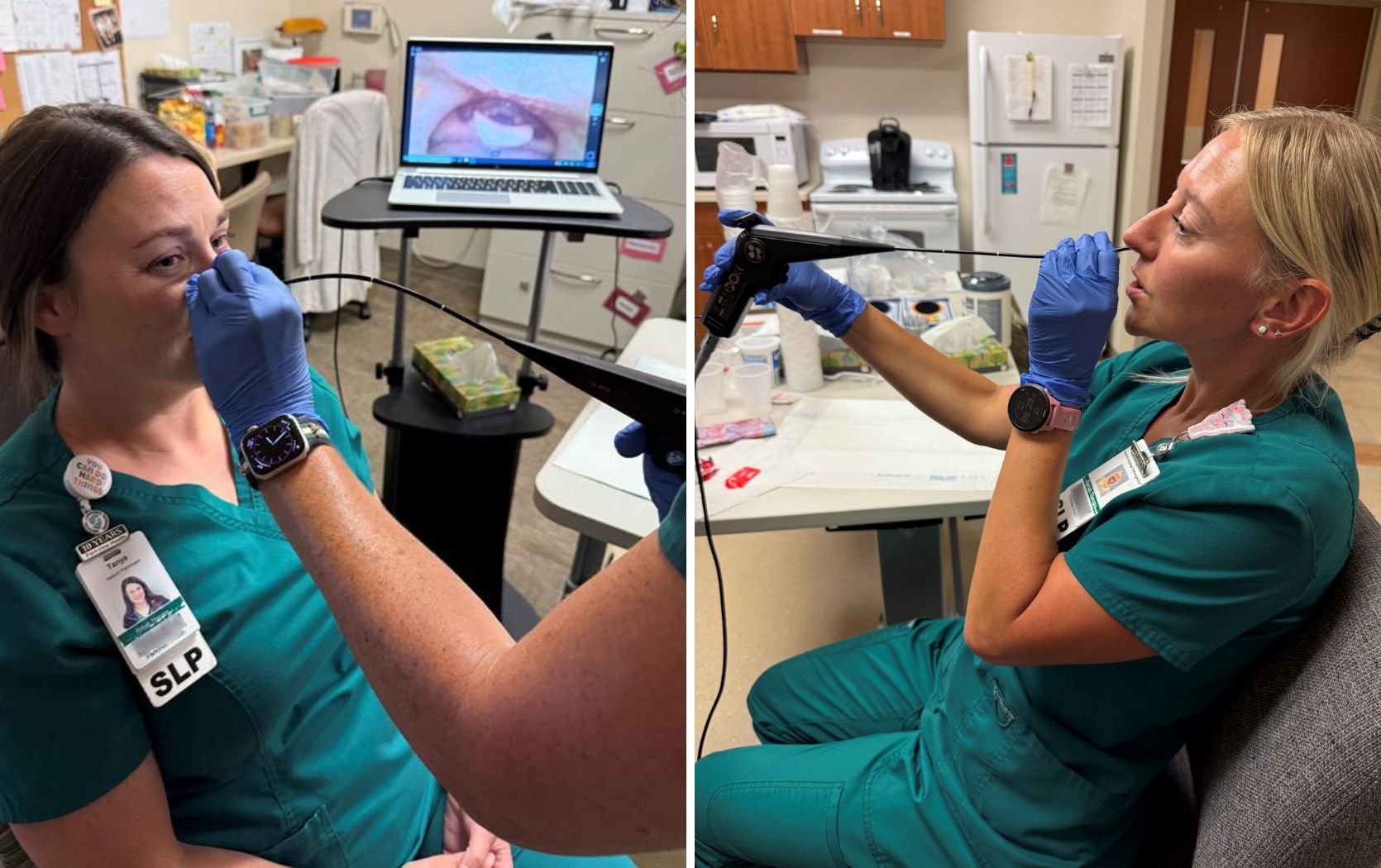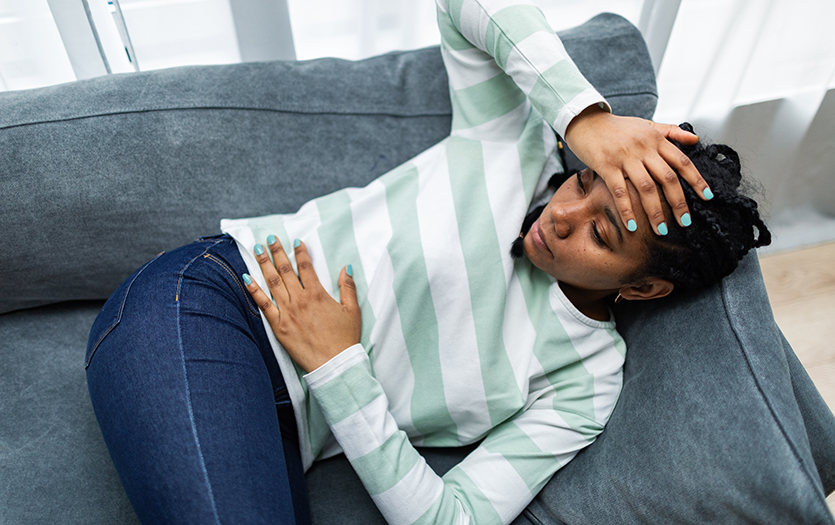
We know that COVID-19 has significant implications for the condition of our lungs during an active infection, but what about the weeks and months following? Rakesh Subramanian, MD, Pulmonologist/Critical Care Physician – Parkview Physicians Group, shares more about the alarming effects in pandemic patients.
What are pulmonologists seeing in the lungs of those who have COVID-19?
We see abnormal chest X-rays, CT scans and lung function tests in patients with COVID-19 infection. It could happen in both patients who require hospitalization and those who are treated in an outpatient setting, typically by their primary care physician or pulmonologist.
How would you equate this damage to that seen with smoking or environmental exposure?
Smoking and environmental exposure to allergens/toxins can cause multiple lung diseases like COPD (and its flare-ups), asthma flare-up, lung cancer and sometimes interstitial lung diseases like hypersensitivity pneumonitis. COVID-19 causes inflammation in the lungs, leading to pneumonia, where the fluid and inflammatory cells fill up the lungs. This inflammation and other factors (like stress from mechanical ventilation and other associated conditions) can lead to Acute Respiratory Distress Syndrome (ARDS), one of the leading causes of death in these patients. When these patients survive, they might end up having scars in their lungs.
What physical symptoms are associated with this type of lung damage?
Patients with lung damage could experience shortness of breath, cough, chest pain, fatigue, tiredness and difficulty in carrying out usual everyday activities, as well as reduced exercise capacity.
How long does it take a patient to recover from this type of lung damage?
Recovery time varies from a few weeks to months, but could even be years in some patients. Some of the damage, like the fibrosis (scaring or damage of the lungs), could be permanent.
What can a patient do to help heal lung damage?
Patients can slowly increase their physical activity as tolerated, participate in pulmonary rehabilitation, physical therapy and occupational therapy to help recover to pre-COVID condition. These individuals should avoid exposure to tobacco and get vaccinated against COVID-19, influenza and pneumonia. Whether or not medications we use to reduce the fibrosis in other lung conditions will help post-COVID lung disease is unknown at this time and something currently being studied.
Are certain people at greater risk of lung damage following COVID-19?
Patients with advanced age and other co-morbidities like obesity, hypertension, diabetes, COPD, heart disease, chronic kidney disease, cancer and immunodeficiency are at increased risk of severe COVID-19 infection. Patients with severe COVID infection who require treatment in an intensive care unit (ICU) and mechanical ventilation are at an increased risk of developing permanent lung damage.
Can getting the COVID-19 vaccine prevent this type of damage?
The COVID-19 vaccine reduces the risk of COVID infection and significantly reduces the risk of severe disease in patients who develop COVID-19 even after the vaccine. By reducing the infection and severe disease, the COVID vaccine is expected to reduce the lung damage from COVID-19.



